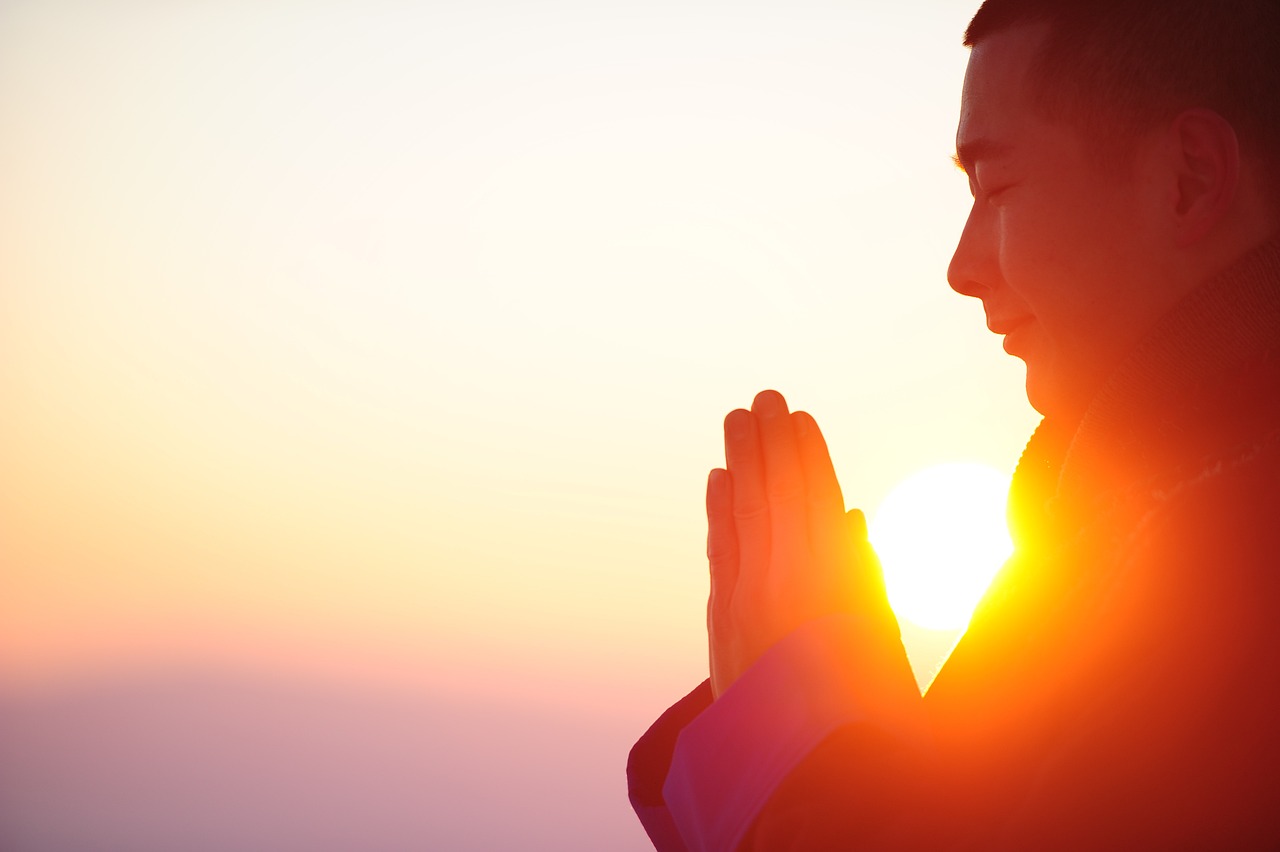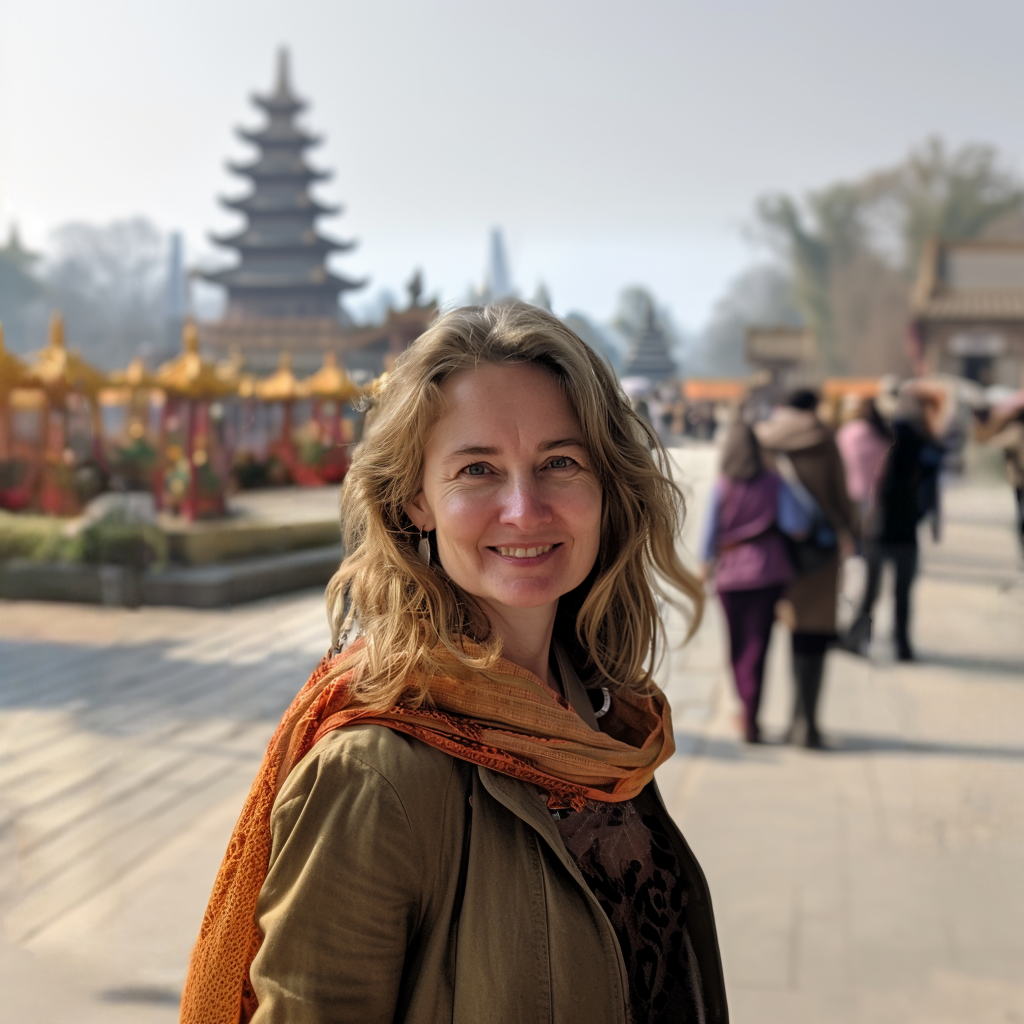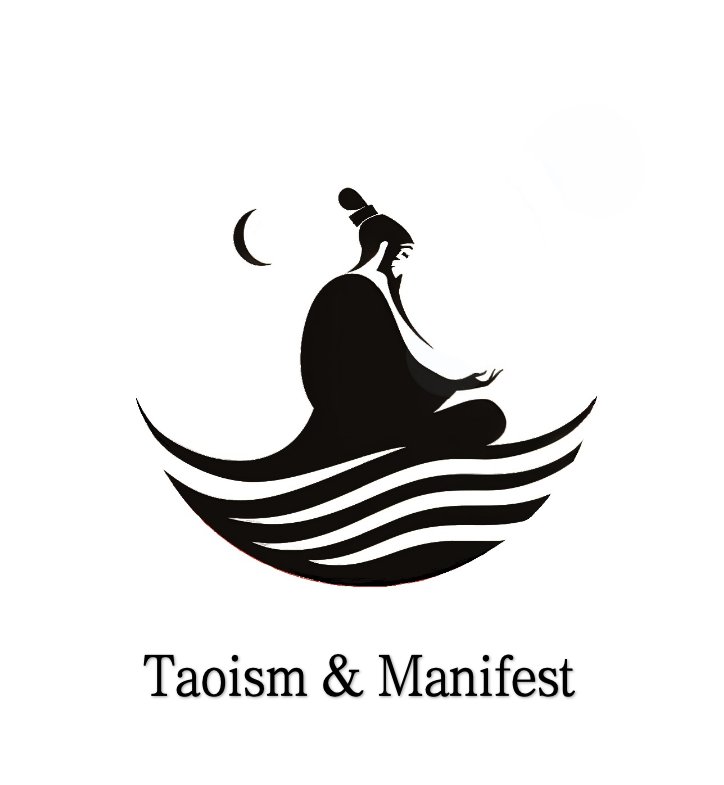
You can achieve inner peace and feel calm inside, even when life is hard. Many people use spiritual practice to feel better, and science says it helps. Studies show that people who meditate or do mindful breathing experience greater inner peace and happiness. Their brains also change in ways that help them relax. You do not need special skills or a quiet place. Just begin with a simple daily practice. Be kind to yourself as you start this journey. Small steps in spiritual growth can help a lot.
Key Takeaways
Inner peace means you feel calm inside, even when life is tough. It helps you deal with stress better. It also helps you enjoy life more.
Mindful spiritual practices like meditation, breathing exercises, and gratitude help you feel calm. They help you know yourself better. They also make you happier.
Accepting what you cannot change helps your mind feel free. Letting go of bad feelings helps you grow as a person.
Being kind to yourself helps your feelings get better. It helps you bounce back from hard times faster.
Doing small habits every day builds inner peace that lasts. Even a few minutes each day can help. Doing it often is more important than how long you do it.
What Is Inner Peace In Taoism
Have you ever felt calm when things were busy or loud? That is what inner peace feels like. In Taoism, this state is known as Wu Wei—effortless harmony with the natural flow of life. Inner peace does not mean you run away from problems or pretend everything is perfect. Instead, like water adapting to its surroundings, you remain calm inside, even when outside circumstances are difficult. The Tao Te Ching teaches that true peace comes from embracing simplicity, letting go of excessive desires, and aligning with the Tao (the Way). Experts say inner peace is a deep, calm awareness—a sense of safety and balance. You neither chase excitement nor escape stress but observe your emotions like passing clouds, allowing them to come and go.
-
Inner peace means you feel:
Calm and steady, even when life is hard – Like a mountain unmoved by the wind.
Balanced and stable inside – In harmony with yin and yang, accepting both light and dark aspects of life.
Happy with what you have – Free from excessive craving, embodying the Taoist virtue of Zhi Zu (knowing contentment).
Mindful and aware of now – Fully present, as Taoist meditation encourages observing the breath and the natural world.
Ready to accept yourself and others – Flowing with compassion, as the Tao Te Ching says, "The sage embraces all."
“Inner peace isn’t about avoiding life’s storms. It’s about learning to dance in the rain—like bamboo bending with the wind but never breaking.”
Inner peace leads to greater life satisfaction. Taoist practices like qigong, meditation, and mindful living help cultivate resilience, health, and emotional clarity. By following the Tao, we can solve problems by themselves and learn to navigate challenges with grace, finding stillness within chaos—the essence of true wisdom.
Why Inner Peace Matters
You may wonder why inner peace is important. When you feel peaceful inside, you handle stress better. Your mood stays steady, and you deal with problems calmly. You also sleep better and think more clearly. Inner peace helps you grow and live with purpose.
-
Benefits of inner peace include:
Better mood and less stress
More self-awareness and growth
Improved relationships with patience and care
Better focus and choices
More thankfulness and happiness
People who look for inner peace often get along better with others. They work better and feel happier with their lives. You can try simple habits like breathing exercises, writing what you are thankful for, or being in nature to begin. Remember, finding inner peace is not just one thing you do. It is something you practice every day for lasting happiness and joy.
Core Principles of Spiritual Practice
Awareness and Presence
It is hard to focus with so many distractions today. Phones ring, news appears, and thoughts jump around. When you slow down and notice the present, you feel calmer. In Taoism, awareness and presence are very important. You watch what is happening now and do not judge it. You let your mind stay clear and connect with life’s flow. This is called Wu Wei. It means acting with life, not pushing against it. Mindfulness helps you grow patience, gratitude, and empathy. People who use mindfulness feel more calm and connected. They can handle stress better.
-
Mindfulness-Based Stress Reduction (MBSR) programs show:
People feel less stress and worry.
They learn to deal with hard feelings.
They have better relationships and feel happier.
They become stronger and react less to problems.
Acceptance and Letting Go
Life changes and brings hard times. You cannot control everything that happens. Spiritual health grows when you accept what you cannot change. Letting go is important. In Buddhist and Taoist stories, wise teachers say the answer is inside your heart. Letting go means you release anger, regret, or fear. You make room for new growth and change inside.
-
Letting go can help you:
Feel free and lighter inside.
Improve your mind and lower stress.
Find new chances and grow as a person.
Radical acceptance helps you face tough feelings without getting stuck. You focus on what you can control and find peace now.
Self-Compassion
It can be hard to be nice to yourself. Many people are too hard on themselves. But self-compassion is very important for spiritual health. When you treat yourself with care, you recover from hard times faster. Studies show self-compassion lowers stress and anxiety. It helps you handle your feelings. Spiritual traditions teach that caring for yourself is not selfish. It is self-care. When you practice self-compassion, you feel more steady and can help others. This is a lifelong journey. Every small kind act to yourself helps your spiritual health.
Steps for Inner Peace

Meditation and Breathing
You might notice that stress feels everywhere these days. School, work, and even social media can make your mind race. Meditation and breathing exercises offer a simple way to slow down and find your center. You do not need fancy tools or a quiet mountain. You just need a few minutes and your breath.
Many people start with basic breath awareness. You sit comfortably, close your eyes, and pay attention to your belly rising and falling. This helps your mind settle. Harvard Health Publishing says breath meditation is easy for beginners and can help you relax right away. It lowers stress, which protects your heart and memory. Dr. Ronald D. Siegel explains that focusing on your breath lets you accept life’s challenges and feel calmer over time.
Try this: Inhale for four seconds, hold for seven, and exhale for eight. This 4-7-8 breathing technique calms your nerves and helps you sleep better.
Other easy breathing methods include box breathing (inhale, hold, exhale, hold for four counts each), alternate nostril breathing, and pursed lip breathing. These techniques help you anchor your attention and clear your mind. Studies show that students who practice mindfulness breathing meditation feel less anxious and stressed. Longer programs, like eight weeks, work even better for building lasting inner peace.
You can also try walking meditation. Focus on each step and the feeling of your feet touching the ground. This brings you into the present moment and supports your spiritual health. When you make meditation a daily habit, you train your mind to stay calm and steady, even when life gets busy.
Letting Go Practices
Letting go sounds simple, but it can feel tough. You might hold on to anger, regret, or fear without even knowing it. Taoist wisdom teaches the idea of Wu Wei, or effortless action. This means you stop forcing things and let life flow naturally. Imagine water moving around rocks in a river. It does not fight. It finds a way forward.
Letting go starts with noticing your thoughts and feelings. You do not have to judge them. Just watch them come and go, like clouds in the sky. Mindfulness and meditation help your brain become more flexible and resilient. When you practice letting go, you build new habits that support positivity and spiritual health.
Here are some simple ways to practice letting go:
Write your worries or negative thoughts on paper. This slows down your mind and helps you see things more clearly.
Notice what triggers your negative thinking. When you expect these moments, you can handle them better.
Accept your emotions as normal. You do not have to push them away or fight them.
Challenge negative thoughts by asking, “Is this really true?” This weakens their power.
Use positive self-talk. Replace harsh words with kind ones.
Move your body, make something creative, or meet with friends. These actions break the cycle of negative thinking.
Wu Wei reminds you to stop pushing so hard. Sometimes, the best action is to pause and let things unfold. When you let go of control, you create space for peace and spiritual growth.
Gratitude and Reflection
Gratitude can change your whole day. When you focus on what you have, not what you lack, your mood lifts. Research shows that people who practice gratitude live longer and feel happier. One large study found that women with higher gratitude scores had a lower risk of dying from heart disease. Gratitude helps you feel more thankful, motivates healthy choices, and builds strong relationships.
You can start a gratitude practice with just a notebook. Each night, write down three things that made you smile or feel thankful. This simple act shifts your mind toward the positive. Gratitude also boosts your spiritual health by helping you see the good in yourself and others.
Reflection is another key to inner peace. Take a few minutes each day to pause and notice your thoughts. You can use deep breathing to calm your mind. Try walking in nature or listening to birds. Ask yourself, “What did I enjoy today?” or “What am I grateful for?” These questions help you focus on the present and let go of stress.
Tip: Practice non-judgmental awareness. Notice your feelings without labeling them as good or bad. This creates space for acceptance and spiritual growth.
When you make gratitude and reflection part of your daily routine, you build a strong foundation for spiritual health and inner peace.
Embracing Solitude
Many people fear being alone, but solitude can be a powerful tool for spiritual health. When you spend time by yourself, you get to know your true self. You can think, create, and relax without distractions. Studies show that positive solitude improves emotional, psychological, and physical well-being. It helps you reflect, grow, and recharge.
Solitude does not mean isolation. You can start small by opening a window and listening to nature sounds. Take a short walk outside and notice the sky or the trees. Use this time to breathe deeply and check in with your feelings. You might write a gratitude letter or simply sit quietly with your thoughts.
Here are some ways to embrace solitude without feeling lonely:
Plan short moments alone during your day, like a quiet breakfast or a walk after dinner.
See solitude as a choice, not a punishment. Use it for self-reflection and spiritual practice.
Balance alone time with social connections. Call a friend or send a voice message to stay in touch.
Create simple rituals, like reading or drawing, to make solitude enjoyable.
Spend time in nature. Watch the clouds, listen to birds, or feel the breeze.
Experiencing awe in solitude—like watching a sunrise—can help you feel connected to something bigger. This supports spiritual health and makes solitude feel peaceful, not lonely. When you learn to enjoy your own company, you build confidence and inner peace that lasts.
Overcoming Obstacles
Time and Consistency
Life can get very busy. School, work, and family take up time. It may seem hard to fit in spiritual practice. Many people have trouble keeping a routine. You might start with energy, but lose it when life gets busy. You do not need a lot of time each day. Just five minutes of mindful breathing or a short walk can help you feel better. Doing it every day is more important than how long you do it. When you practice often, your mind learns to relax faster. These small habits will become easy, like brushing your teeth.
Tip: Use your phone to set a reminder. You can also link your practice to something you already do, like after breakfast. This helps you remember.
You can join a group or ask a friend to practice with you. Having support makes it easier to keep going.
Doubt and Frustration
Everyone feels doubt sometimes. You may wonder if you are doing it right. You might think it is not working. Maybe you compare yourself to others and feel behind. Some days, you may feel upset or want to quit. These feelings are normal. Many people hope for quick results, but spiritual growth takes time. Sometimes, you notice more busy thoughts before you feel calm. This is part of learning.
-
Common struggles are:
Feeling like you are not getting better
Worrying about doing it “perfectly”
Getting distracted or bored
Feeling alone or without support
Remember, there is no perfect way to practice. Mistakes help you learn. If you miss a day, just try again. Self-care means being kind to yourself, not being too hard.
The Taoist Truth
Some people believe myths about spiritual practice that make it seem hard or strange. They may think meditation requires stopping all thoughts—a notion the Zhuangzi playfully dismisses, comparing the mind to a monkey jumping from branch to branch. Others insist you need hours of silence or a sacred space, yet Lao Tzu reminds us: "The Tao is everywhere—even in the cracks of a dusty street."
The truth? Spiritual practice is as natural as breathing. In Taoism, even wandering thoughts are part of the flow (Wu Wei). Short, regular moments of stillness—like pausing to watch a river—cultivate harmony. You need no special skills or rigid beliefs; the Tao Te Ching teaches that wisdom grows from simplicity. Whether you’re young or old, spiritual practice is like water: adaptable, nourishing, and meant for all. Spiritual practice is for everyone, no matter your age.
-
Common myths are:
Meditation means having no thoughts at all
You need a perfect, quiet space
Only “spiritual” people can meditate
Results should come right away
Note: True practice is simple and open—like the uncarved block. Start small. Follow your rhythm. As the ancients whispered: "A journey of a thousand miles begins with a single step."
You can get inner peace by doing small, mindful things every day. Many people feel better when they use easy habits like meditation, gratitude, and self-care. Each step you take helps you feel more calm inside. Start now—your journey is important.
FAQ
How do I start a mindful spiritual practice if I feel too busy?
You can begin with just one minute of deep breathing. Try it while waiting for your coffee or before bed. Small steps count. Over time, these moments add up and help you feel calmer.
Can I practice mindfulness without sitting still?
Absolutely! You can walk, wash dishes, or even listen to music mindfully. Focus on what you see, hear, or feel. Mindfulness fits into your daily routine, not just quiet moments.
What if my mind keeps wandering during meditation?
That’s normal! Everyone’s mind wanders. When you notice it, gently bring your focus back to your breath. Think of it like training a puppy—kindness and patience work best.
Do I need to follow a religion to benefit from spiritual practice?
No, you don’t. Mindful spiritual practices help people from all backgrounds. You can use these tools whether you’re religious, spiritual, or just curious about feeling more peaceful.
How can I stay motivated to keep practicing?
Tip: Set a reminder or join a challenge with friends. Celebrate small wins, like feeling calmer after a tough day. Motivation grows when you notice positive changes in your mood and life.






